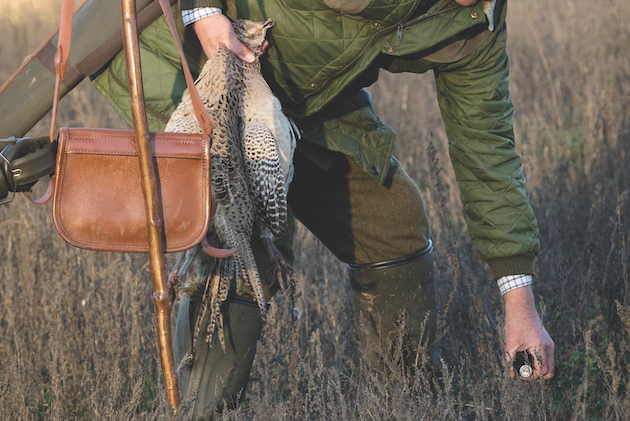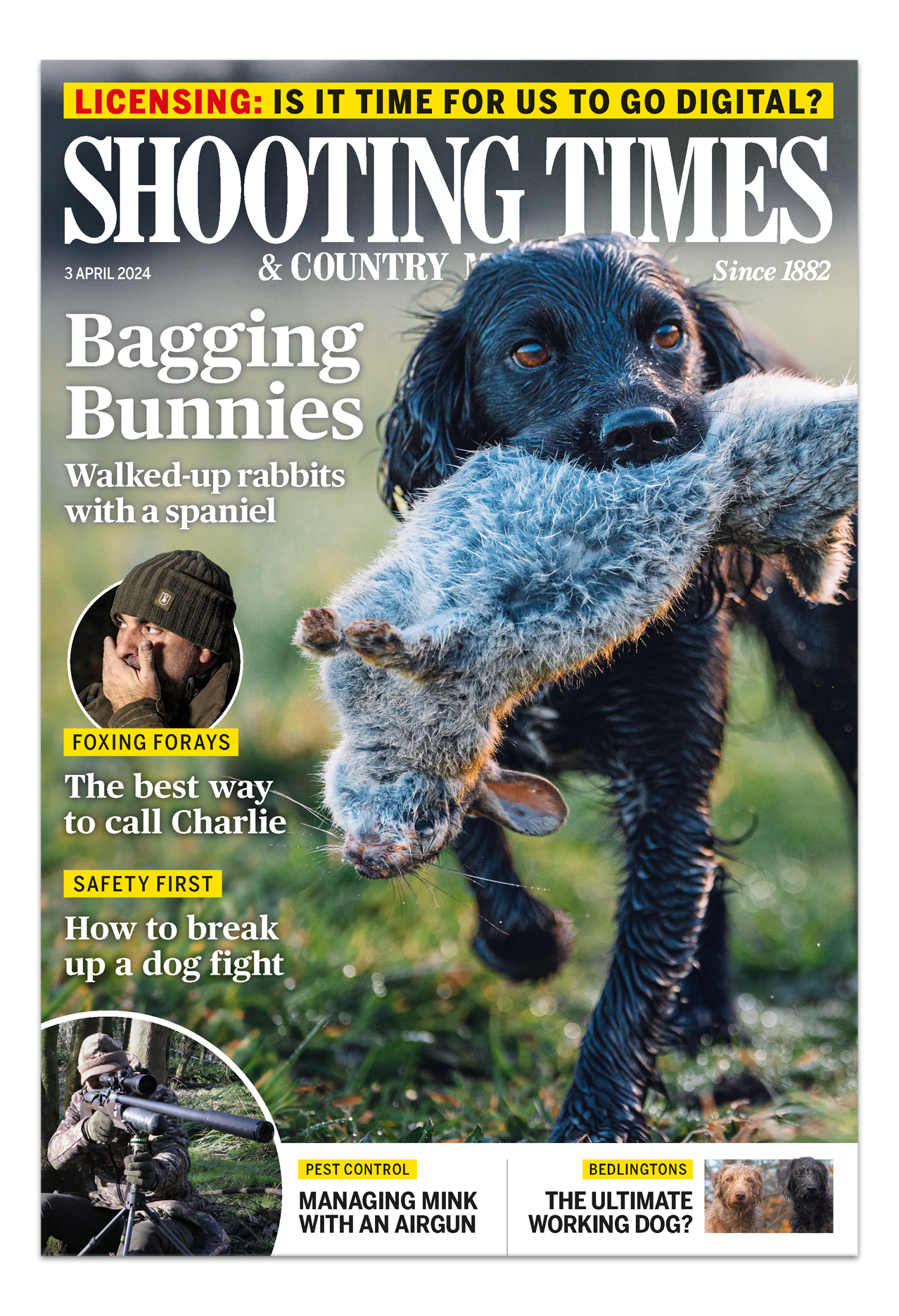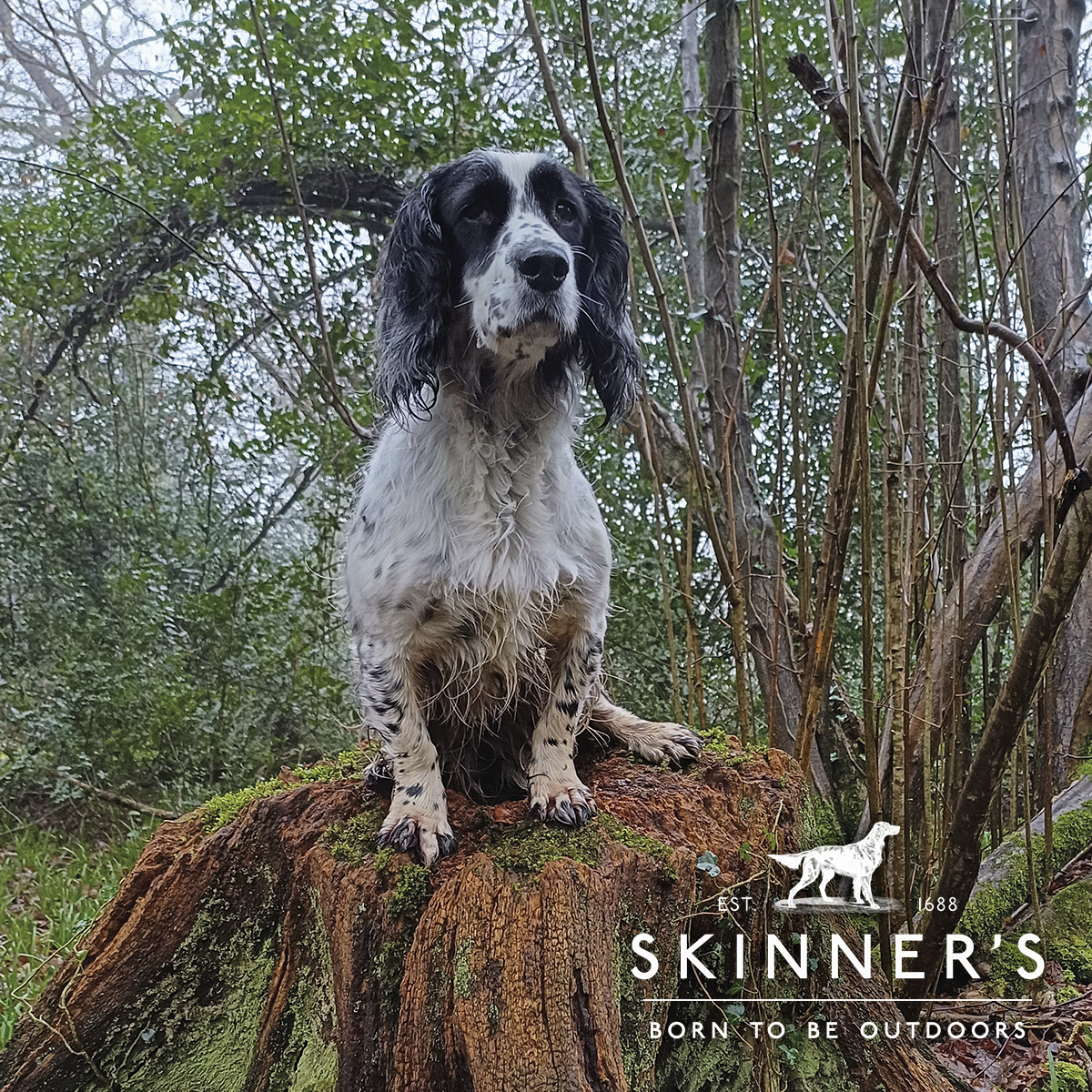How to be an eco-friendly shooter
Being truly green and ensuring our shoots fully embrace environmental issues is vital to the future of shooting, says Liam Bell

Simple things such as picking up used cartridges make a big difference
Eco-friendly shooting
There is always something shoots can do to improve things and help reduce any negative effects we might be having on the environment, however small.

Keeping the ground inside and outside the release pen in good condition should be part of the job
In and around release pens
- A release pen should look pretty much the same when the birds are released after three or four weeks inside as it did when the poults went in. Yes, the herb cover will be flattened a bit, and yes, you’ll be able to see where the birds have dust-bathed and where the feeders and drinkers have been..
- What you don’t want, of course, is the ground to be so scarred that it never really recovers. Nor do you want to see sections of wood fenced off as pens become little more than vast chicken runs if stocking densities are too high, with little or no natural habitat left, and the bits that are too seriously damaged and degraded to make a proper recovery.
- The same goes for the area immediately outside the pen. The eight to 10 yards outside it will never be pristine, but it shouldn’t be completely wrecked.
- Pens that don’t recover properly post-release either need extending, the habitat inside them improving, or the number of birds put into them reduced.
Recycling waste
- Old batteries, plastic feed bags and rusty wire look unsightly and can soon be tidied up and put with the farm waste for collection and recycling.
- Unused feeders and drinkers can be stored and the pens themselves can be smartened up and put to bed until next year.
- There should be no litter, no pollution risk and, importantly, no negatives if someone unconnected to the shoot should come across the pen. What’s more, if a pen is next to invisible off season, it is less likely to be marked by undesirables who could come back next year when it is full.

Green cover crops could boost existing game crops or even create new drives.
How much maize?
Game crops have the potential to deliver our biggest biodiversity gains. Do we need to plant so much maize? Maize is great for holding pheasants and partridge, but it is also good at attracting the unwanted attention of rooks, jackdaws and rats — many of which will hang about after the shooting season, causing problems for our farmers and our farmland birds.
Alternative game crops
- We have reduced our acreage of maize over the past five to six years for this very reason and replaced it with an equally hardy mix of millets, sorghums and cereals. The birds hold the same, the feed bill is down a little thanks to the millets and cereals, and the clouds of finches and little brown jobs coming off it on shoot days is something to behold.
- Kale is an equally good alternative, especially in its second year when it goes to seed and provides both cover and feed. Admittedly it is harder to establish, and weed control isn’t as straight forward as it is with maize. However, on the plus side a good stand of kale will last two years and can be planted as part of a stewardship scheme. If it is only used as holding cover and it is not really needed for flushing birds on shoot days, you may even get three years out of the same patch if you look after it.

Cross section of the Eley VIP Steel Pro eco cartridge showing the biodegradable wad
What shoot captains can do to promote eco-friendly shooting
On shoot days themselves, there are little things shoot captains can to do make the shoot greener.
- They can double-check the Guns are using non-toxic shot on the duck drives and have a few boxes of steel — with the new bio-degradable wads — or bismuth in the truck to pass round to the Guns who have forgotten to bring any. The new steel loads do work and they are readily available. They are not the steel loads of old that were so ineffective that they put many off using them. They are much improved and at normal ranges every bit as good as bismuth. There is no excuse for breaking the law when there are usable alternatives. Excuses about range and pattern density no longer hold any water and we do, of course, need to stay within the law.
- Hosts can also insist on Guns using biodegradable wads. Amazingly, there are still people shooting game with plastic wads, though I don’t really know why when even the perceived advantages of plastic over fibre are so infinitesimally small.
- Syndicates keen to reduce plastic use that are already recycling empties and don’t like seeing wads scattered between drives can easily add a fibre-wad-only clause to their contracts when signing up someone new.
Eley VIP Steel Pro Eco – tested by Sporting Gun magazine
My expectations were not high when I tested the new Eley VIP Steel Pro Eco. But I was floored when…
Why I’m finally giving steel ammunition a proper test this season
Biodegradable shotcups suitable for steel ammunition have been available for a while. Gamebore has some 76mm wildfowling loads with its…
Fibre wads – it’s time to ditch the plastic
Plastic pollution is a major cause for concern these days and as shooters we have to do our bit to…
Fibre-only shoots
A friend of mine runs a very successful commercial shoot. Guests and clients are told the shoot is fibre-only beforehand, and any that turn up with plastic-wadded cartridges are pointed in the direction of the Gun bus where they will find fibre ones for sale at cost. Guns rarely complain and those who do soon settle down when their cartridge-to-kill ratio stays the same.

A fibre wad
Tips for eco-friendly shooting
- Use fibre-only cartridges
- Make sure every cartridge is picked up after a drive
- Switch over to steel shot with bio-degradable wads
- Plant different game crops; kale, millets, sorghum and cereals instead of maize
- Make sure the ground isn’t scarred by machinery
- Stop using straw in ancient woodland
- Don’t overshoot migrant birds
Being able to show a biodiversity gain and having squeaky-clean green credentials will ensure game shooting’s longevity. We are all gameshooting ambassadors.










